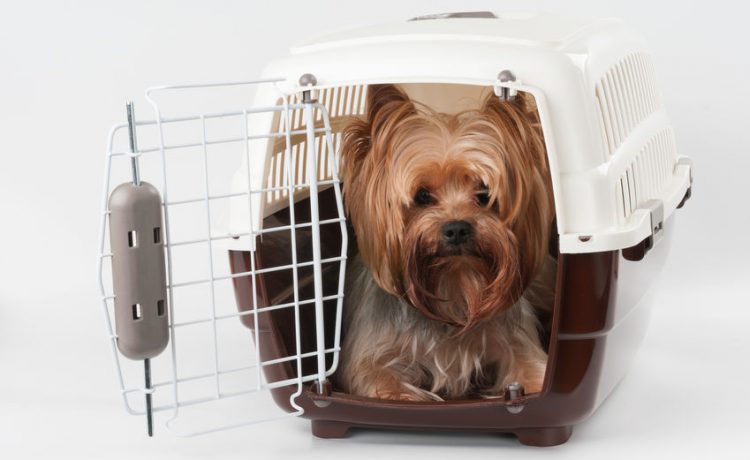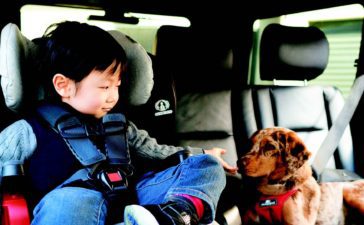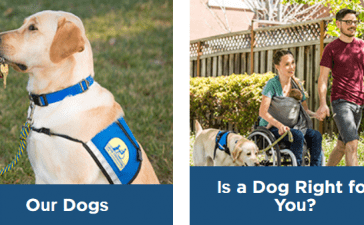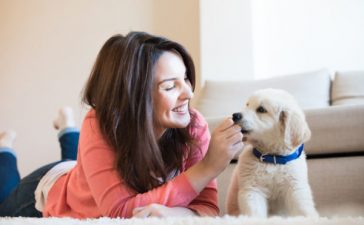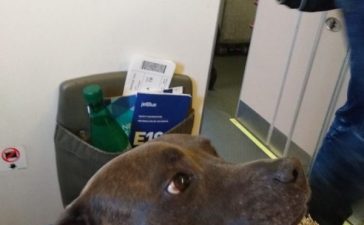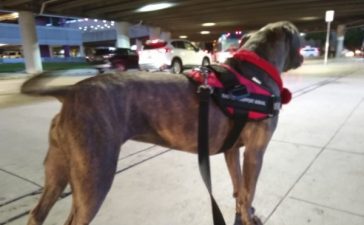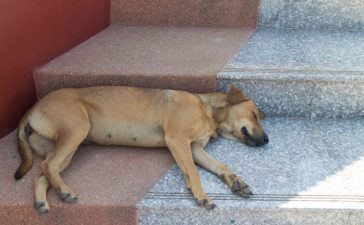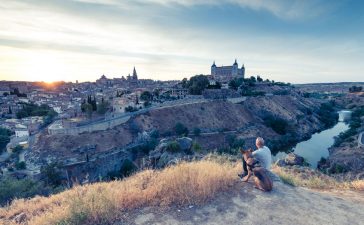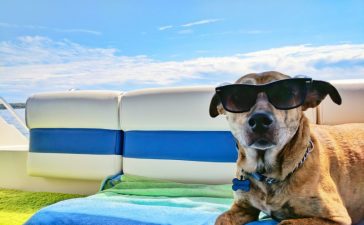All dogs are great dogs ― this is something that most dog lovers can agree on. But while this may be true, dogs are in fact bred and adapted for different things. Different jobs, different purposes, different looks, and perhaps most importantly, different temperaments. This can play a huge part in which dog suits which person, but also when said person wants to take their dog with them when they travel. Shorter distances are usually fine for most dogs, but when it comes to longer trips, some breeds are perhaps better suited than others.
Aside from breeds, training is of course also
important, and traveling with a dog often requires socializing and crate
training. Otherwise, they may have trouble with all the sounds, smells, and
sensations that come with travel. Especially in airports and train stations,
this can be stressful for a dog that isn’t used to it. Traveling by car, on the
other hand, is usually fine, since there are no such impressions to be stressed
out by. In a car, your biggest issues will be the dog maybe wanting attention,
or stopping to take them for a quick walk.
Temperament and size
You might think that smaller dogs will be
easier to travel with than big dogs, but this isn’t necessarily the case. Of
course, a Jack Russell Terrier will take up considerably less space than a
Great Dane, but are they better suited for long hours of sitting in a carrier,
because of it? We all know how small dogs can be feisty and demanding, often
underestimated due to their size. But just the same, some bigger dogs can be
the very definition of calm. Ideally, a travel-suited dog will have both size
and temperament to their advantage.
Calm dog breeds
The most important thing is perhaps making sure that your dog can handle travel at least reasonably well. In this case, calmer, more adaptable dog breeds have an edge. Though some may be on the bigger side, they tend to have a stronger predisposition for handling big changes with patience and grace. In other words, qualities of high importance when it comes to travel.
A classic in terms of calm, docile breeds is the Golden Retriever. There is a reason they’re such a popular dog, which is largely the same reason the Labrador Retriever is so popular. While they’re both originally bred for hunting ― hunting fowl, to be more specific ― they’re incredibly versatile breeds. A Golden Retriever will be just as happy gallivanting through the forest as it’ll be just chilling on the couch with its family. Assistance dogs are often Labs, due to their intelligence, patience, and adaptability. In other words, both breeds are excellent companions for travel. Whether traveling means napping in the back of a car, getting head scratches on a train ride, or waiting in the cargo hold of a plane, their temperament will make a huge difference in how well they fare.
Another travel-friendly dog breed of a larger size is the Dalmatian. They were originally bred as carriage dogs, to trot alongside bands of travelers and warn or protect them from threats. In other words, they’re well-adjusted to the patience and durability needed to handle long trips. As with any other larger breed, however, it’s important to make sure you have the right equipment to transport your dog. Airlines also usually have certain regulations and rules, so double-check everything before booking your trip.
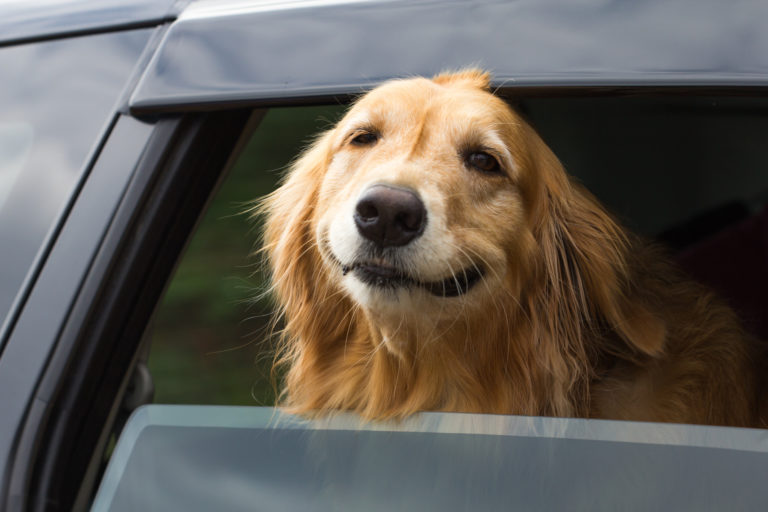
Good-sized dog breeds
Small size does not necessarily a good travel dog make, but many smaller breeds are practically bred to be lap dogs. This can be very helpful when traveling.
The Shih Tzu is a great choice, when it comes to travel-friendly dogs. They’re small, very friendly and docile ― but they can get clingy, at times. They demand company and cuddles, which can be a little impractical if a long flight requires them to fly as cargo. If you’re able to keep the dog with you, however, by plane, train, or car, a Shih Tzu will be no trouble. The Cavalier King Charles Spaniel is another small breed that’s both calm and friendly. They’re highly adaptable, which makes it a popular breed in general, and they’re trainable and patient. Given its size, the Cavvie is also great for when you can keep your dog close to you while traveling.
The Maltese is a toy breed, generally weighs less than seven pounds, and is generally incredibly friendly and calm. One could even almost say that they have a relaxing aura about them. A bonus is that they barely shed, which is a very practical aspect when it comes to traveling with a dog. Though their coat tends to be left long and flowy, it can be styled into a puppy cut, to make it a little easier to handle while traveling. Another small dog that’s incredibly popular for the ease of which it can be carried around, is the Yorkshire Terrier. A very friendly dog, it’s calm and social, and its size is definitely practical. They do well in small spaces, too, which is always a plus. We can’t forget the Dachshund, either, which may have a more feisty personality, but is adventurous enough to even enjoy traveling with you.
Raising a travel-friendly dog
Breed is of course an important factor when it
comes to any activity you might want to share with your dog, but the most
important one may perhaps be training. If you don’t train your dog to be
comfortable around people, loud noises, and being in a crate for long periods
of time, you’ll have no luck traveling with them.
Socializing dogs
Dogs are friendly creatures, overall. They tend to like people, trust people, want to be around people, but it can still be a little complicated. If your dog is of the more jittery disposition, traveling with them might be a bit more of a challenge. They need to be okay with sudden movements or loud noises, and an environment like a train station or airport can be very stressful, not to mention all the people. If a dog travels in the cargo hold of a plane, they’re handled by other people, being moved around, surrounded by confusion and sounds and smells. Your dog needs to be properly socialized and adaptable, able to deal with all these changes and new sensations.
If you know your dog has some issues with being left alone, or all the impressions and stressors that may come with traveling, try to get them slowly used to it. Start young, preferably, and gradually let your dog be around large crowds and strange sounds. Know your dog’s limits and make sure they don’t get too stressed out at first, do a little bit at a time. Keep your dog close, so it feels safe, and make sure it knows that the situation isn’t dangerous ― and that you’ll get them away from it, if it is.
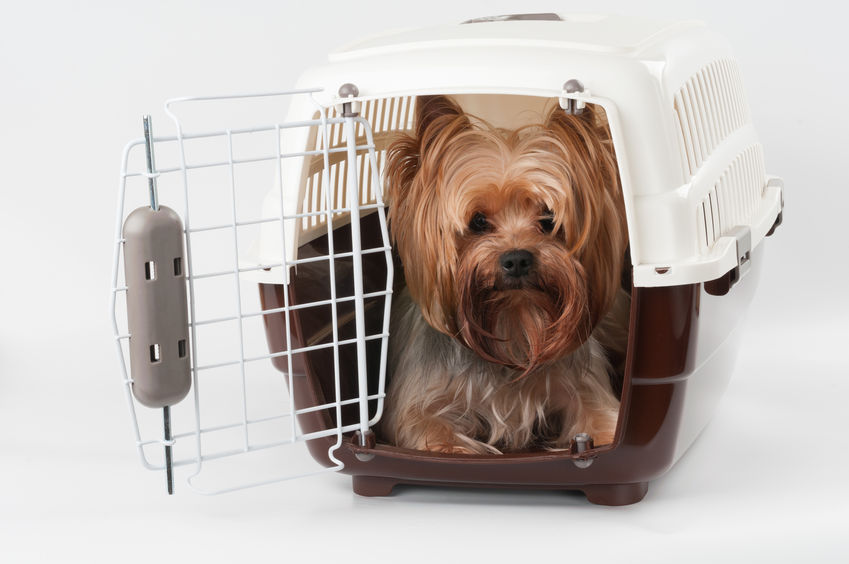
Carrier- and crate training
Generally speaking, no one likes to be caught in a small space, and dogs are no exception to this. While some may be calmer and more adaptable than others, as well as simply more trusting, most dogs need to get used to being essentially trapped.
Many dog owners will say that their dog would never be able sit in a carrier or a crate. They’ll say this as though it’s something a dog ― or any pet ― simply either can or cannot do. In reality, teaching your dog to be okay with carriers and crates is a long, slow process. “Baby steps” is the key term, here. Usually it starts with letting your dog explore the carrier, then have them sit in it for maybe a minute or two at a time. Then five, then ten, and so on and so forth, until they have no problem napping in it for sometimes hours at a time. In essence, it’s about making sure your dog knows that it’s not forever; they will be let out eventually, and they can trust that you’ll make sure of that.
Another important aspect is to make being in the carrier or crate a positive experience. Lots of treats, but also making sure the dog doesn’t just go in the carrier when you’re going to the vet ― dogs are all about association. If you manage all this, you’ll have a dog that feels calm and safe when kept in a carrier, and therefore calm and safe to travel in one.

